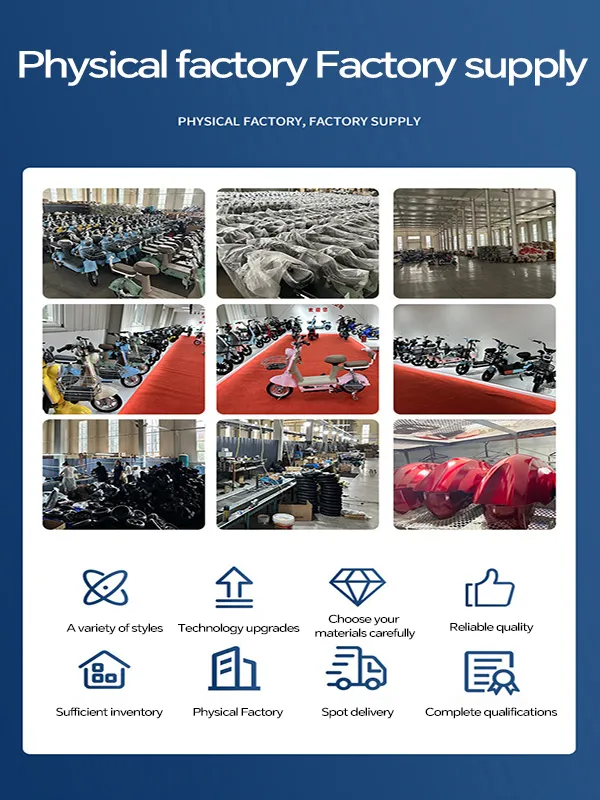
- Afrikaans
- Albanian
- Amharic
- Arabic
- Armenian
- Azerbaijani
- Basque
- Belarusian
- Bengali
- Bosnian
- Bulgarian
- Catalan
- Cebuano
- Corsican
- Croatian
- Czech
- Danish
- Dutch
- English
- Esperanto
- Estonian
- Finnish
- French
- Frisian
- Galician
- Georgian
- German
- Greek
- Gujarati
- Haitian Creole
- hausa
- hawaiian
- Hebrew
- Hindi
- Miao
- Hungarian
- Icelandic
- igbo
- Indonesian
- irish
- Italian
- Japanese
- Javanese
- Kannada
- kazakh
- Khmer
- Rwandese
- Korean
- Kurdish
- Kyrgyz
- Lao
- Latin
- Latvian
- Lithuanian
- Luxembourgish
- Macedonian
- Malgashi
- Malay
- Malayalam
- Maltese
- Maori
- Marathi
- Mongolian
- Myanmar
- Nepali
- Norwegian
- Norwegian
- Occitan
- Pashto
- Persian
- Polish
- Portuguese
- Punjabi
- Romanian
- Russian
- Samoan
- Scottish Gaelic
- Serbian
- Sesotho
- Shona
- Sindhi
- Sinhala
- Slovak
- Slovenian
- Somali
- Spanish
- Sundanese
- Swahili
- Swedish
- Tagalog
- Tajik
- Tamil
- Tatar
- Telugu
- Thai
- Turkish
- Turkmen
- Ukrainian
- Urdu
- Uighur
- Uzbek
- Vietnamese
- Welsh
- Bantu
- Yiddish
- Yoruba
- Zulu
Nov . 19, 2024 21:27 Back to list
adjusting the rear derailleur on a mountain bike
Adjusting the Rear Derailleur on a Mountain Bike A Comprehensive Guide
The rear derailleur is a crucial component of any mountain bike, playing a vital role in shifting gears smoothly and efficiently. Proper adjustment of the rear derailleur is essential to ensure optimal performance, longevity, and an enjoyable riding experience. In this article, we will walk you through the step-by-step process of adjusting the rear derailleur on your mountain bike, covering essential tools, common issues, and helpful tips.
Understanding the Rear Derailleur
Before diving into adjustments, it’s important to understand what the rear derailleur is and how it functions. The rear derailleur is a mechanism that moves the chain between different-sized rear sprockets to change gears. It is controlled by the shifters on your handlebars, which pull a cable that moves the derailleur. Proper alignment and adjustment are necessary for seamless gear shifts.
Tools You Will Need
To adjust your rear derailleur, you will need the following tools
1. Phillips screwdriver For adjusting limit screws. 2. Allen wrench For tightening bolts on the derailleur. 3. Chain checker To measure chain wear and tension. 4. Bike stand or a flat surface To stabilize your bike while you work.
Step-by-Step Adjustment Process
Step 1 Inspect Your Setup
Before making any adjustments, visually inspect your rear derailleur and the rest of your bike's drivetrain. Look for signs of damage, wear, or dirt. Ensure the chain is clean and properly lubricated, as a dirty or worn chain can cause shifting issues.
Step 2 Check Cable Tension
A common cause of shifting problems is incorrect cable tension. Start by shifting your bike into the highest gear (smallest rear sprocket). With the bike upright, check the tension in the cable. If the cable feels loose, it may need tightening; if it’s too tight, it could cause shifting issues. To adjust, locate the barrel adjuster on the derailleur or shifter and twist it to achieve the desired tension.
Step 3 Adjusting Limit Screws
adjusting the rear derailleur on a mountain bike

The limit screws control how far the derailleur can move, preventing the chain from falling off the cassette. There are two limit screws one for the highest gear (H) and one for the lowest gear (L).
- Setting the High Limit (H) Shift to the highest gear and inspect the derailleur. If the chain does not align with the smallest sprocket, adjust the H screw accordingly. Turn it counterclockwise to allow the derailleur to move closer to the sprocket and clockwise to move it away.
- Setting the Low Limit (L) Shift to the lowest gear and ensure the chain aligns properly with the largest sprocket. Adjust the L screw in a similar fashion, turning counterclockwise to bring the derailleur closer and clockwise to move it away.
Step 4 Fine-Tuning the B-Screw
Another essential adjustment involves the B-screw, which controls the distance the derailleur sits from the cassette. A proper tension here helps maintain optimal chain clearance, especially under load. Shift to the largest sprocket and adjust the B-screw until there’s about 5-6 mm of space between the top of the derailleur’s upper pulley and the bottom of the largest sprocket.
Step 5 Test Your Shifting
Once all adjustments are complete, conduct a thorough test ride. Shift through all the gears to ensure smooth transitions without any skipping or chain drop. Listen for any unusual noises, indicating that further adjustments may be necessary.
Troubleshooting Common Issues
If you encounter persistent problems despite your adjustments, consider these common pitfalls
- Skipping gears This might indicate a worn chain or cassette that needs replacement. - Chain dropping Often caused by incorrect limit screw settings or a derailleur that needs alignment. - Unresponsive shifting Check your cable tension and ensure there are no frayed wires restricting movement.
Conclusion
Adjusting the rear derailleur on a mountain bike may seem daunting, but with practice, it becomes a straightforward task. Regular maintenance and adjustments not only enhance your bike’s performance but also extend the life of its components. By following this guide, you’ll be well on your way to achieving smooth and efficient gear shifts, allowing you to focus on what truly matters—enjoying your ride!
-
The Ultimate Kids' Four-Wheeler Experience
NewsJul.09,2025
-
The Ultimate Guide to Mountain Bikes: Gear Up for Your Ride
NewsJul.09,2025
-
The New Age of Cycling: Electric Bikes for Every Rider
NewsJul.09,2025
-
The Best Kids Bicycles: Ride in Style and Safety
NewsJul.09,2025
-
The Best 3-Wheel Scooters for Kids: Fun, Safety, and Adventure
NewsJul.09,2025
-
Revolutionize Your Ride: Affordable Electric Bikes
NewsJul.09,2025
-
Finding the Perfect Mountain Bike for Every Rider
NewsJul.09,2025



